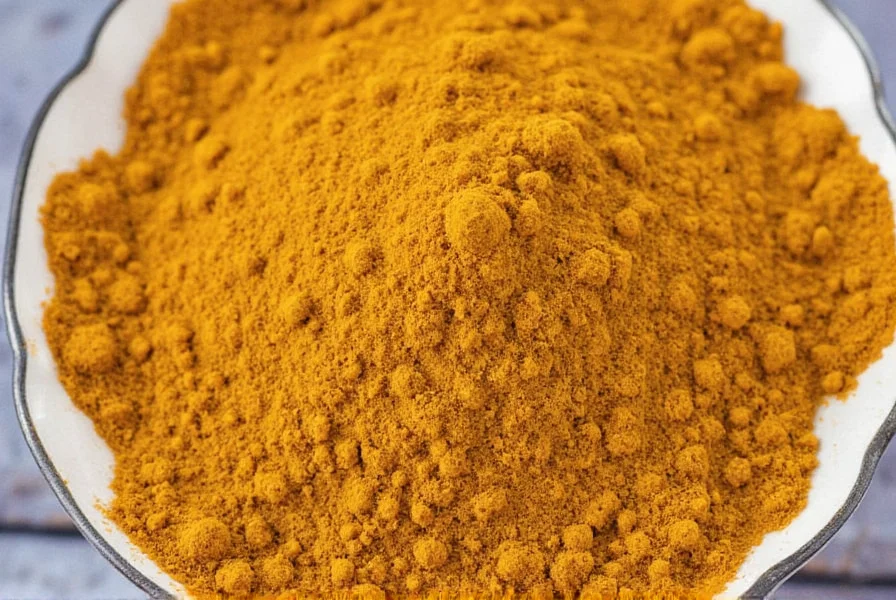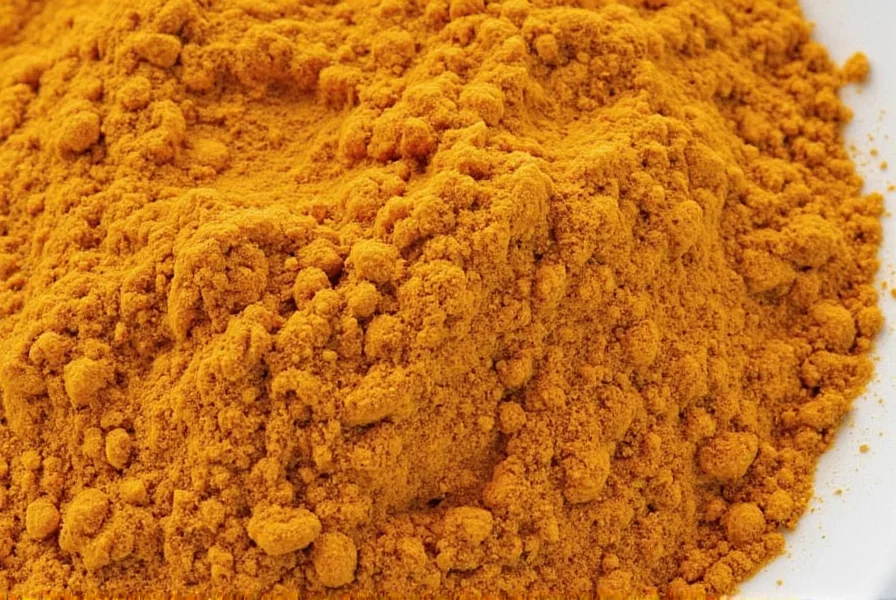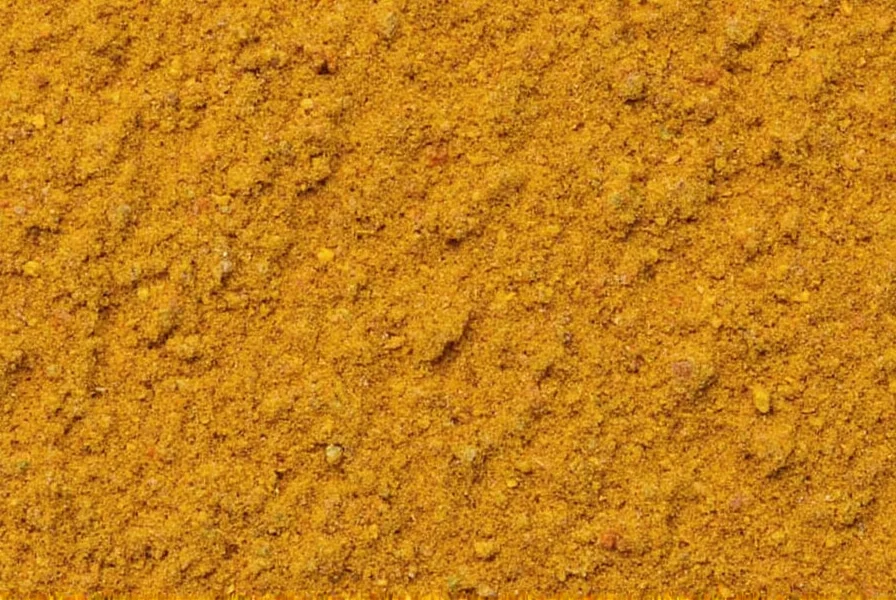Sambar Powder: The Flavor Powerhouse of South Indian Cuisine
Table of Contents
Introduction to Sambar Powder
Sambar powder is one of the most essential spice blends in South Indian cooking. It's the backbone of many traditional dishes like sambar, rasam, and even some chutneys. But what exactly makes it so special? Let's dive into the world of this aromatic blend and discover why it's a must-have in every kitchen.

What Is Sambar Powder?
Sambar powder is a unique blend of ground spices that typically includes coriander, cumin, red chili powder, mustard seeds, fenugreek, turmeric, and sometimes dried mango or tamarind. Each region in South India has its own variation, but the base remains consistent. The combination of these ingredients creates a complex flavor profile—spicy, tangy, and slightly earthy—that elevates any dish it touches.
The magic of sambar powder lies in its balance. It’s not just about heat; it’s about layering flavors that complement each other. Whether you're making a comforting bowl of sambar or a spicy lentil curry, this spice mix adds depth and authenticity to your meal.

How to Use Sambar Powder
Using sambar powder is simple, but mastering it takes practice. Here are a few tips to get the best results:
- Start with a small amount: Sambar powder can be quite strong, so it's best to add it gradually and taste as you go.
- Toast the spices first: For maximum flavor, toast the individual spices before grinding them into a powder. This brings out their natural oils and enhances the aroma.
- Use it in soups and stews: Sambar powder shines in liquid-based dishes where its flavors can fully develop. It works wonders in sambar, rasam, and even vegetable curries.
- Add it at the right time: In most recipes, it's best to add sambar powder early in the cooking process so the flavors have time to meld.
- Experiment with ratios: Depending on your taste, you can adjust the amount of chili, coriander, or turmeric to suit your preference.

Buying Guide for Sambar Powder
When buying sambar powder, there are a few key factors to consider. Here’s a quick guide to help you choose the best one for your needs:
| Feature | Description |
|---|---|
| Ingredients | Look for a high-quality blend that includes coriander, cumin, red chili, turmeric, and other traditional spices. Avoid powders with excessive fillers or artificial additives. |
| Consistency | The powder should be fine and uniform. Coarse particles can affect the texture of your dish. |
| Smell | A good sambar powder should have a rich, aromatic scent. If it smells stale or off, it may not be fresh. |
| Brand Reputation | Choose reputable brands known for quality spices. Some popular names include Gits, Sona, and Nandu. |
| Use Cases | Some powders are specifically designed for sambar, while others are more versatile. Choose based on how you plan to use it. |

If you’re looking for a specific brand, here are a few recommendations:
- Gits Sambar Powder: A classic choice with a balanced blend of spices. Ideal for everyday cooking.
- Nandu Sambar Masala: Known for its bold flavor and high quality. Great for those who love a bit of heat.
- Sona Sambar Powder: A premium option with a smooth texture and rich aroma. Perfect for special occasions.
For home cooks, store sambar powder in an airtight container away from moisture and direct sunlight. This helps preserve its potency and flavor over time.

Common Mistakes When Using Sambar Powder
Even seasoned cooks can make mistakes when using sambar powder. Here are a few common ones to avoid:
- Overusing it: Too much sambar powder can overpower your dish. Start with a teaspoon and adjust accordingly.
- Not toasting the spices: Toasting enhances the flavor, so skipping this step can lead to a bland result.
- Using old powder: Spices lose their potency over time. Always check the expiration date or smell it before using.
- Mixing it with wrong ingredients: While it’s versatile, sambar powder doesn’t always pair well with heavy meats. It shines best with legumes, vegetables, and grains.
- Ignoring regional variations: Different regions in South India use slightly different blends. Try experimenting with various types to find your favorite.

Conclusion
Sambar powder is more than just a spice—it's a culinary staple that brings life and flavor to countless South Indian dishes. With its perfect balance of heat, tang, and earthiness, it's no wonder it's a favorite among chefs and home cooks alike. Whether you're making a hearty sambar or a quick lentil curry, sambar powder is the secret ingredient that can transform your meal into something truly memorable.
By understanding its uses, learning how to buy the right kind, and avoiding common mistakes, you'll be able to make the most of this incredible spice. So next time you're in the kitchen, reach for that jar of sambar powder and let it work its magic.











 浙公网安备
33010002000092号
浙公网安备
33010002000092号 浙B2-20120091-4
浙B2-20120091-4